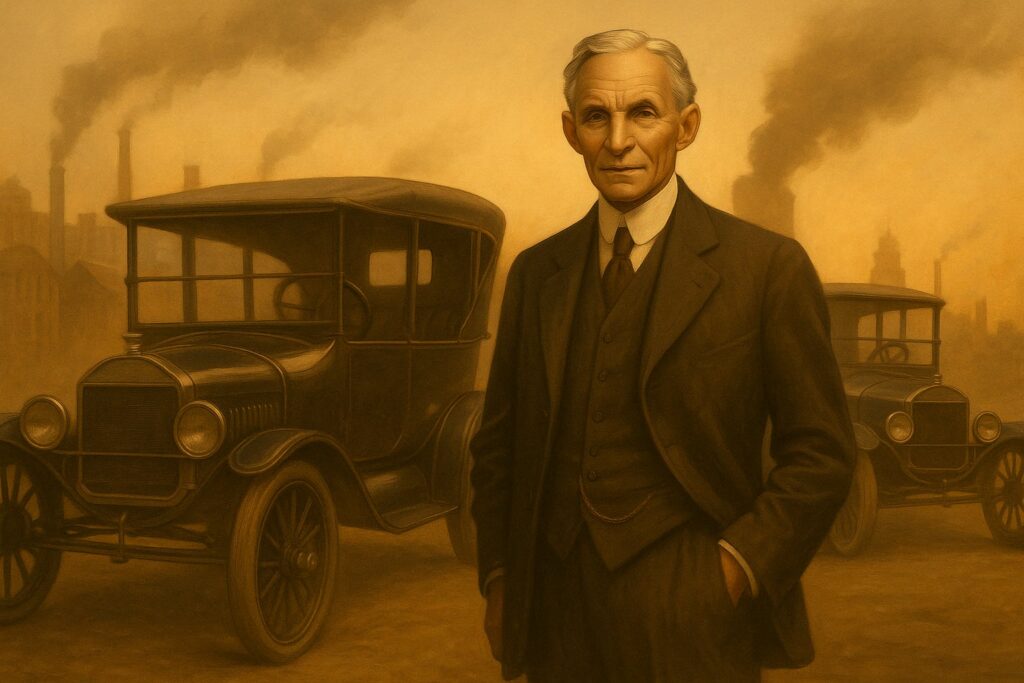“The youth who can solve the money question will do more for the world than all the professional soldiers of history.”
— Henry Ford
Henry Ford’s Energy Currency and HUMAS System
When a 20th century idea becomes possible in the 21st
Henry Ford was more than an industrial pioneer.
He saw the deeper flaws in the economic system.
In the 1920s, he proposed replacing gold with energy-backed currency.
Why?
Because gold enabled speculation and war.
Energy reflected real labor and contribution.
HUMAS System revives this idea.
But now, we have what Ford didn’t — technology and digital infrastructure.
What Did Ford Propose?
- Gold causes artificial crises
- Financial elites manipulate money without creating value
- The economy should be backed by electricity and productive resources
He imagined a currency tied to real output, not abstract value.
But his era lacked the tools to make it happen.
What Does HUMAS System Do?
- Value is tied to knowledge, work, and contribution
- Technology ensures transparency via blockchain and AI
- The ecosystem includes HUMAScoin and HUNIT — digital reflections of human energy
- Exchange happens through education, services, and access to essentials — beyond politics or borders
Comparison Table: Ford vs. HUMAS System
| Category | Henry Ford (1920s) | HUMAS System (2020s) |
|---|---|---|
| Core Value | Physical energy output | Human energy (knowledge, labor, contribution) |
| Goal | End financial monopolies | Build a fair digital economy |
| Technology | Energy standard (physical linkage) | Blockchain, AI, digital identity |
| Barriers | Lack of technology | Public attachment to old money systems |
Henry Ford was ahead of his time.
His idea was rejected — not because it was wrong,
but because the world wasn’t ready.
Now — it is.
HUMAS System brings his vision to life:
An economy where currency reflects real value.
A system where human energy becomes measurable and exchangeable.
A digital model free from centralized control and manipulation.
This is not just a financial tool.
This is a new philosophy of value —
built for the 21st century,
for those who want to know where their energy goes — and how it returns.

